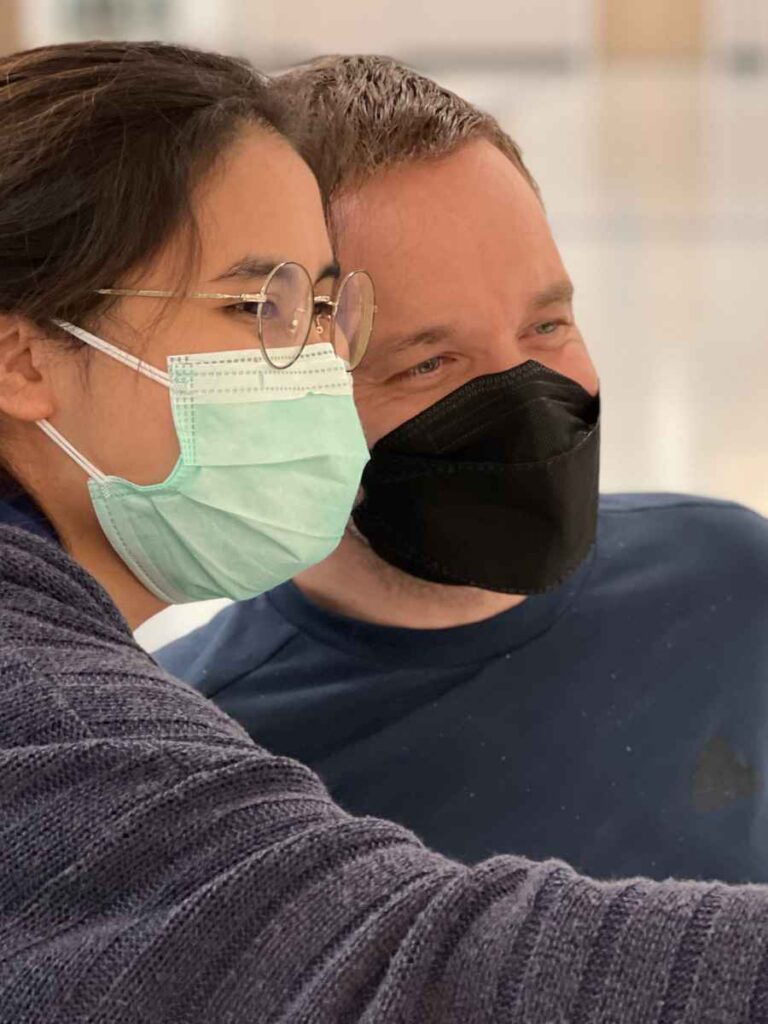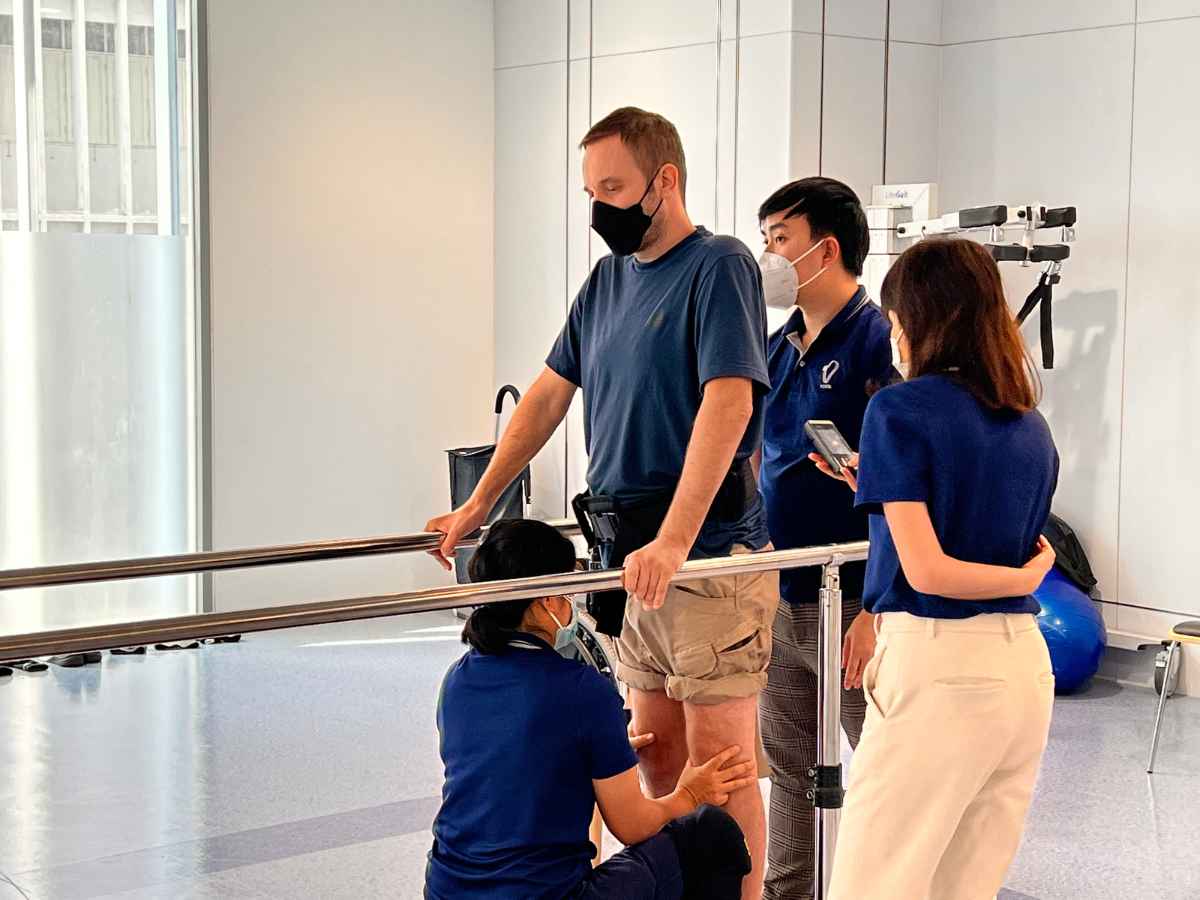Maintaining a solid rehabilitation schedule following spinal cord injury is extremely beneficial to progress and healing. Christian is fortunate enough to have been able to balance his work with his rehabilitation, after returning home with a solid foundation from Verita Neuro, Thailand. He received our epidural stimulation treatment in late 2021 before returning home to California, where he has continued to work hard and make excellent gains. He answered questions for us in this fantastic interview about his experiences and how the treatment has affected his life.
Please can you introduce yourself?
My name is Christian Dumais and I'm living in California, USA. In August 2020 When riding with my son, we each have our bikes, to a track. We used to ride there for years, it’s a very common place that we’d go. But this one time, I missed the jump, and I got the bike to land on me and broke C6-7 on the spot. Got airlifted to hospital and my new journey started from there.
And how were things before finding Verita Neuro, did you try any treatments?
No, just therapy for the most part. Almost immediately, my first week at the hospital, I started to have some small therapy sessions, and then it grew. I would say in the first year, for me, it was 40 hours a week therapy sessions. I was going to the center close by and I didn't go to work for the most part, I just took some time off, so I could focus on therapy. So I would say I had really heavy therapy sessions from the very beginning, to try to regain as much as I possibly could. But that was pretty much what I did before I went for the surgery there [at Verita Neuro].
How did you find out about Verita Neuro?
Just through a web search, you know, looking at trials in the country, the different trials. I noticed that this treatment was on trial, but very restricted, and it was very hard to get into. Most of my attributes wouldn't qualify for it and I knew time was going by and there's a window of opportunity to get this treatment so that you get the most out of it. So to me, it was a no-brainer once I found out - I did some extensive research and went for it.
Why did you go for epidural stimulation?
Yeah, I mean, you either have the choice of enrolling for the trial and waiting there or finding the money one way or another and then getting it done internationally. Verita is pretty much the only option if you will, and the best option at the same time. I wouldn't have waited five years in a trial line to get this, I wanted to have it done after the first year, or within the first year.
What was your surgery in Thailand like?
Well, it was right in the pandemic, so I had to have a two-week quarantine. But that didn't stop me, I was willing to do whatever it takes. The trip was fine - flying was a first, so I got to experience the transfer and the roll down the aisle on that little cart. I went there with my wife and obviously had a lot of help there, all round, so it made it extremely easy to have it over there in Thailand. We were placed in a nice hotel, not 5-star, but it was decent and the people were super nice. Whether it was in the hotel or as we transferred to the hospital and yeah, I would say my whole Thailand experience was awesome.
What did you think of the people who looked after you?
Yeah, just incredible people - super nice, always willing to do whatever to help, obviously knowledgeable in the area because that's all they do. I found myself sometimes, I’d have five therapists to help me at one time. So just overwhelming help, from all directions, all the way through.

And what about rehabilitation?
The rehabilitation after the surgery, I think it was a total of a month and a half or something like that? So the surgery almost happens immediately when you land there, or in my case when I got out of quarantine. I think the weekend after the quarantine, I got the surgery, and then you spend that month, month and a half, doing therapy.
How long did it take until you started seeing some results from the surgery and the different help that you'd been receiving?
As soon as they turn it on, you see it immediately. I mean, if you try the stim pads on top of your skin, you can see your fingers moving and your body parts moving. It's kind of the same principle, right, so turn it on and the body parts start moving, it's just this one is embedded right in the middle of you, right at the core of where it needs to be. So when they turn it on, then they can target very specific areas and it's a lot more precise than if you just have pads. So pads sometimes work and sometimes don't work, but this precisely works the same way every time. You can fine-tune it so you can move the right member. Again, with the pads, you can’t get it far enough to get a leg to stretch or something like that. Whereas this is, you know, sending the right signal in the right place, so you can get that leg to stretch to push down so you can lift. So yeah, as soon as you turn it on after surgery, they book a session maybe a day later or something and they turn it on and then you can see your legs start to move based on that signal. Or if you had the upper stimulator, you would see the arms moving.
How did you feel at that moment when they turned it on?
Well, at first I didn't know what to expect, because I didn't know if it was going to hurt or what the feeling was going to be. But no, it doesn't hurt at all. In fact, it was quite a bit more mellow than I thought. You see your legs moving and it really doesn't hurt, it's just vibrating, it's almost like it vibrates. So if you put it on for hours on end then it gets a little annoying after a while. But I can think of it as a free workout, because it gets your muscles to stretch and exercise whether you want it or not. So even though you might have this little annoyance of the vibration, your muscles are working out, so it's a win-win.
How has it affected your daily life since going back to the US?
I mean, I got to try different things to come up with a schedule that works for me. I work remotely from home, so I can schedule to do this and that for work, so I came up with a schedule that embeds exercises with the stim at regular intervals during the day. So I can always get that workout every single day without disrupting my daily life, and I'm able to do what I need to do. But yeah, I think every single day since I came back, I’ve used it.
The stimulator is not like you turn it on, and all of a sudden, you're gonna go and grab a cup of coffee at Starbucks or anything. It doesn't translate into actions you would have done before. But there are two things in my point of view. One is that it helps you with accomplishing existing things. For example, you work out your muscles a lot, so my core became a lot stronger because of it. Regardless of the signal from my brain going down, that muscle was strengthened. So even with a weak signal now it helps me a lot. Turning in the bed, right, something that sounds a little silly, but it's helpful to be able to turn on your own without asking someone to turn you in the middle of the night. Since the stimulation, I was able to find the strength to turn around, and many other things throughout the day.
The other part is the morale. Just a simple fact, like that you can stand up and in some cases, particularly mine, I can walk with crutches, and walk around the house. It doesn't translate into something useful, but it's awesome to be able to walk around like before and stand up, seeing the world in perspective. Those two things are massive and well worth the money. It’s also worth always keeping in mind that technology advances and if you keep your muscle alive and everything as close as possible to what it was before, if something more advanced was found, it would allow you to get that as opposed to letting everything kind of die down.
The stimulator is not like you turn it on, and all of a sudden, you're gonna go and grab a cup of coffee at Starbucks or anything. It doesn't translate into actions you would have done before. But there are two things in my point of view. One is that it helps you with accomplishing existing things. For example, you work out your muscles a lot, so my core became a lot stronger because of it. Regardless of the signal from my brain going down, that muscle was strengthened. So even with a weak signal now it helps me a lot. Turning in the bed, right, something that sounds a little silly, but it's helpful to be able to turn on your own without asking someone to turn you in the middle of the night. Since the stimulation, I was able to find the strength to turn around, and many other things throughout the day.
The other part is the morale. Just a simple fact, like that you can stand up and in some cases, particularly mine, I can walk with crutches, and walk around the house. It doesn't translate into something useful, but it's awesome to be able to walk around like before and stand up, seeing the world in perspective. Those two things are massive and well worth the money. It’s also worth always keeping in mind that technology advances and if you keep your muscle alive and everything as close as possible to what it was before, if something more advanced was found, it would allow you to get that as opposed to letting everything kind of die down.
What would you say to people who haven't considered epidural stimulation?
The first thing is, it's a fairly expensive surgery. So I would say first and foremost, if you don't have the money, then go for the trial. That's your only option. But I would say, look at all the avenues to find the money to have it. If I had to do it again, I would - I would have it the same way, I would have it over and over again. This was the one best decision I’ve made since my injuries, was to get [to Thailand]. But I had a stable job and they kept me afterwards, so they allow me to financially be able to afford this. That's not necessarily the case for everybody. But I would say if you can afford it, I would seriously consider it.
What are your goals going forward from this point?
Well, my goal is to continue working out. There's always little gains. I had the surgery over a year ago and there's always little gains. I used to not be able to stand at all and now I can stand freely for 10 minutes, twice a day. These small increments help a lot. My next step is I'd like to be able to do one step without anything. I walk around the house with crutches but the crutches kind of help me. So I'd like to do one step and then maybe two and see where that lands and keep the hope alive that they find a cure out there.
The above is not a verbatim transcript of Christian’s interview. Some comments have been slightly altered or re-arranged in order to improve the reading flow. You can view the original interview on YouTube.






